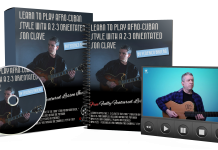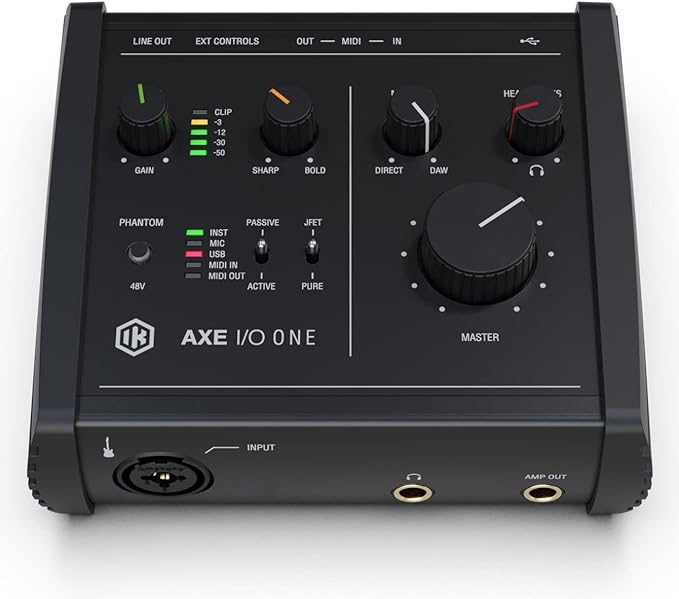INTRODUCTION
Regular listeners to this podcast may remember the first time Ged Brockie interviewed Honza Kourimsky which was for episode 41 back in July 2020. We were into lockdown and the world had changed.
Four years later and the world continues to change, constantly and certainly for Honza who now has embarked upon a new band, a new recording and the biggest change of all, a new life with his partner in the west coast of America.
In this, episode 58, Ged catches up with Honza and his journey to date as well as talking about what it takes to self finance and run a band and relocating to the other side of the world. They also look into and this will mean for his music, his band and his life.

Podcast: Play in new window | Download () | Embed
Subscribe: Apple Podcasts | Blubrry | Email | TuneIn | RSS | More



























